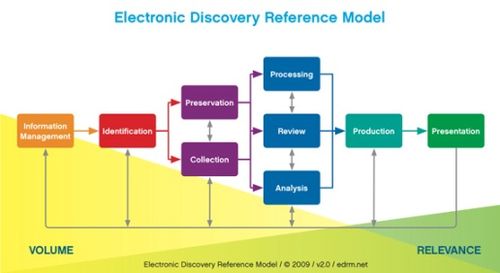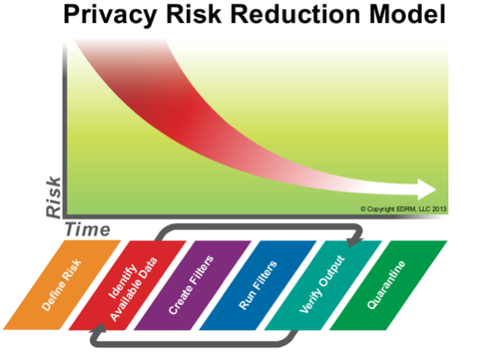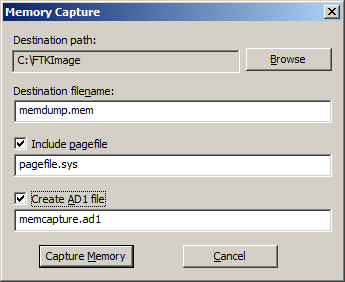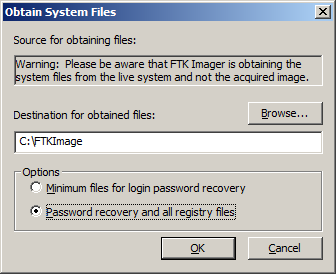He Sees You When You’re Sleeping — eDiscovery Trends

A recent post in the Law Librarians Blog illustrates not only the different ways in which personal data can be captured, but also the continued growth of devices that might contain that data.
In He Sees You When You’re Sleeping, He Knows When You’re Awake…, the authors discuss potential tracking of mouse movements, current data tracking on smart TVs and even the possibility for data to be kept and tracked on…your toothbrush:
- An October story from Ars Technica discusses how Facebook is working on a way to log cursor movements, beyond tracking where someone clicks on a page to determine an ad’s effectiveness. According to the Wall Street Journal, Facebook wants to pay attention to the areas a cursor lingers over, even without a click or other interaction. And, if you’re using a mobile device, Facebook will still be noting when, for instance, “a user’s newsfeed is visible at a given moment on the screen of his or her mobile phone.”
- Imagine if your toothbrush could keep track of your brushing habits? According to ZDNet, Salesforce CEO Marc Benioff sees that happening. “Everything is on the Net. And we will be connected in phenomenal new ways," said Benioff. Benioff highlighted how his toothbrush of the future will be connected. The new Philips toothbrush is Wi-Fi based and have GPS. "When I go into the dentist he won't ask if I brushed. He will say what's your login to your Philips account. There will be a whole new level of transparency with my dentist”.
- One device that is already capturing your personal data is the smart TV, in some cases whether you want it or not. A blogger in the U.K. has discovered that his LG smart TV sends details about his viewing habits back to LG servers. Those habits also include the file names of items viewed from a connected USB stick. There is a setting in the TV that purports to turn this behavior off (it’s on by default). It doesn’t work as data is forwarded to LG no matter what the setting. LG’s response to the disclosure was less than reassuring – “The advice we have been given is that unfortunately as you accepted the Terms and Conditions on your TV, your concerns would be best directed to the retailer,” the representatives wrote in a response to the blogger. “We understand you feel you should have been made aware of these T’s and C’s at the point of sale, and for obvious reasons LG are unable to pass comment on their actions.”
Nice. Imagine a case where, in addition to hard drives and smart phones, data collectors need to perform collection on flatscreen TVs and toothbrushes? If it sounds farfetched, remember that, several years ago, cell phones didn’t store data and texts didn’t even exist.
So, what do you think? What is the most unusual device from which you’ve ever collected data? Please share any comments you might have or if you’d like to know more about a particular topic.
Disclaimer: The views represented herein are exclusively the views of the author, and do not necessarily represent the views held by CloudNine Discovery. eDiscoveryDaily is made available by CloudNine Discovery solely for educational purposes to provide general information about general eDiscovery principles and not to provide specific legal advice applicable to any particular circumstance. eDiscoveryDaily should not be used as a substitute for competent legal advice from a lawyer you have retained and who has agreed to represent you.











